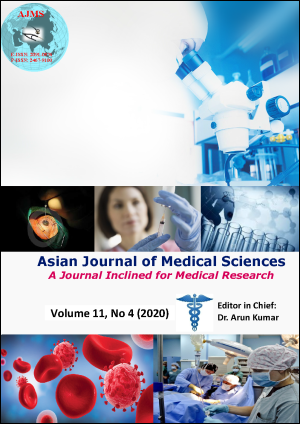Subtrochanteric fracture in a near term pregnant female in the back drop of COVID-19 pandemic: A triple trouble pregnant with peril all along
Keywords:
Near term pregnancy, subtrochanteric femur fracture, Covid-19 pandemic, multidisciplinary approachAbstract
Outbreak of severe acute respiratory syndrome corona virus was first reported in Wuhan province in China. By February all hell broke loose in Europe and other continents. Spread of virus in India with 1.38 billion population posed an unprecedented challenge to its health care system. We hereby report a rare case of subtrochanteric fracture of femur in a near term (35 weeks) pregnant female who was treated at our tertiary care center in the times of Covid-19. Combination of pregnancy and Subtrochanteric femoral fracture is a double trouble with high morbidity and mortality and in time of Corona pandemic it became a unique challenge where two lives were at risk. Here we share our experience of dealing this case with multidisciplinary approach and sticking to our clinical sense as literature for Covid-19 pandemic is barely 4 months old and devoid of any guideline for such cases so far.
Downloads
Downloads
Published
How to Cite
Issue
Section
License
Authors who publish with this journal agree to the following terms:
- The journal holds copyright and publishes the work under a Creative Commons CC-BY-NC license that permits use, distribution and reprduction in any medium, provided the original work is properly cited and is not used for commercial purposes. The journal should be recognised as the original publisher of this work.
- Authors are able to enter into separate, additional contractual arrangements for the non-exclusive distribution of the journal's published version of the work (e.g., post it to an institutional repository or publish it in a book), with an acknowledgement of its initial publication in this journal.
- Authors are permitted and encouraged to post their work online (e.g., in institutional repositories or on their website) prior to and during the submission process, as it can lead to productive exchanges, as well as earlier and greater citation of published work (See The Effect of Open Access).




